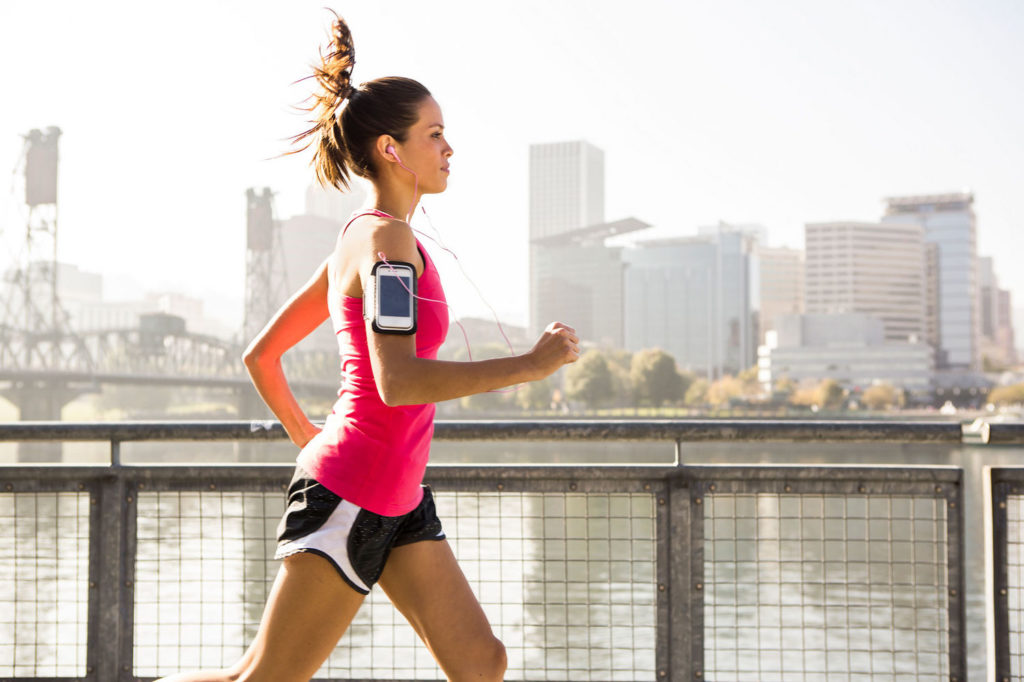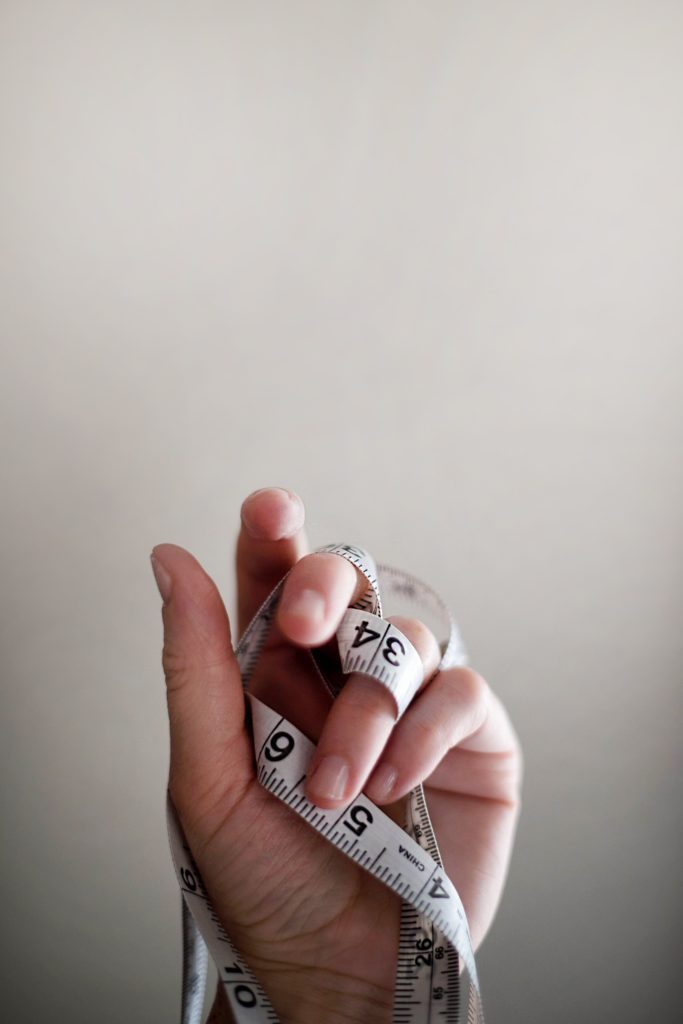Rate of Perceived Exertion

Your rate of perceived exertion, or how hard you feel as though your body is working, is a scale based on the physical sensations such as increased heart rate, breathing rate, sweating, and muscle fatigue. Although subjective, it provides a fairly good estimate of the actual exertion during exercise, whether it be cardio or strength training.
The scale below shows RPE on sliding scale of none to maximal effort. For cardio, you should be able to hold a conversation easily up until about moderate of 60% effort.
If you’re new to strength training, it may take you a few weeks to truly understand your RPE for lifting for the prescribed set and rep durations.
Spoiler Alert: This requires a bit of work (and math…)
but will take out the guesswork from your strength drills.
Aim to complete each set with near perfect reps while working towards fatigue, without reaching failure.
- If you’re able to complete all sets and lifts without fatigue you’re lifting too light. In other words, no struggle.
- If you’re unable to complete all sets and lifts with proper form you’re lifting too heavy. In other words, too much struggle.
- Ideally, you’re eking out the last few reps of each set between fatigue and failure.
That is your starting point.
Once you’re able to complete all sets and reps, increase your weights by 20-30%.
ALWAYS go at your own pace, while challenging yourself to reach new goals, safely and effectively. Sets, reps, and rest are all prescribed recommendations. Listen to your body and remember that proper form is essential and should never be sacrificed for speed, weight or progression.








Simple, straight-to-the-point guide that I’ll forward to my personal training clients…thanks for sharing!